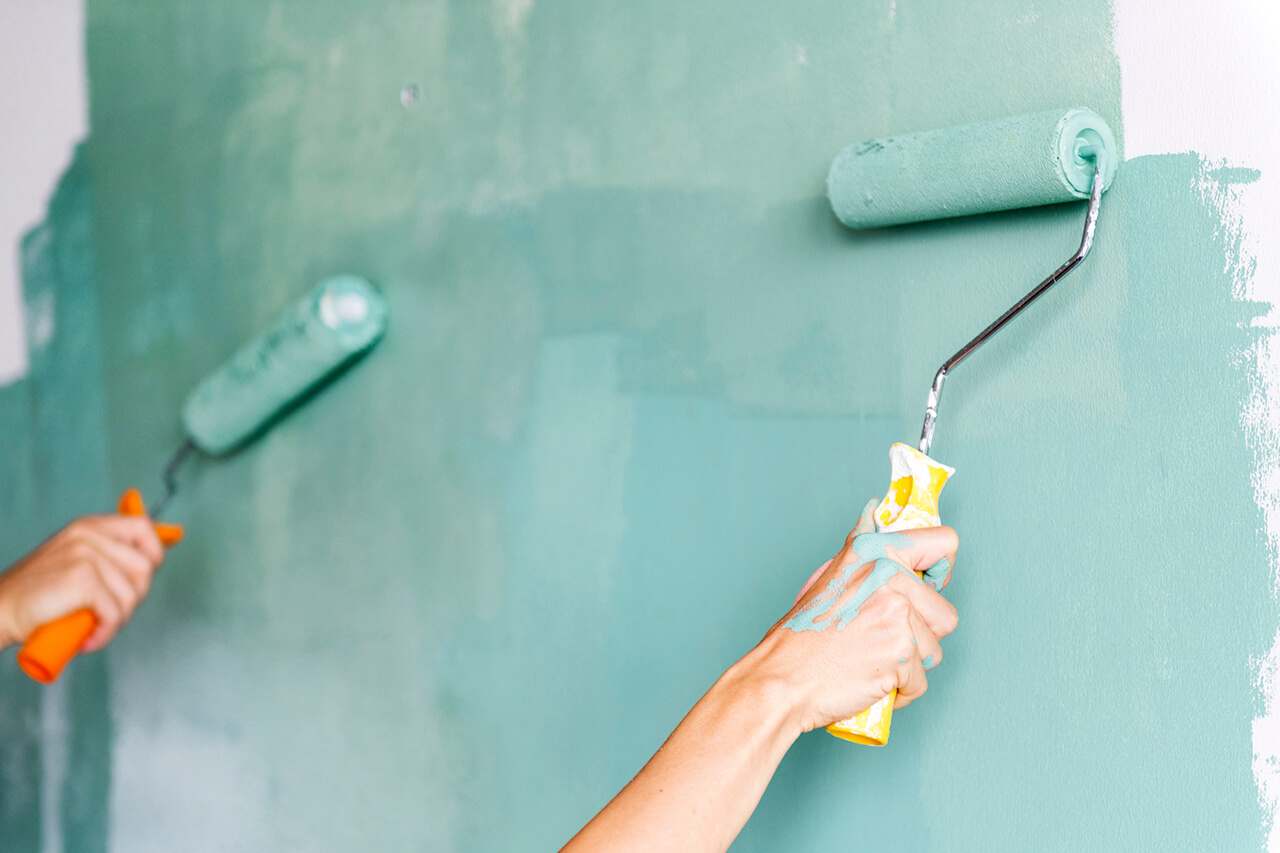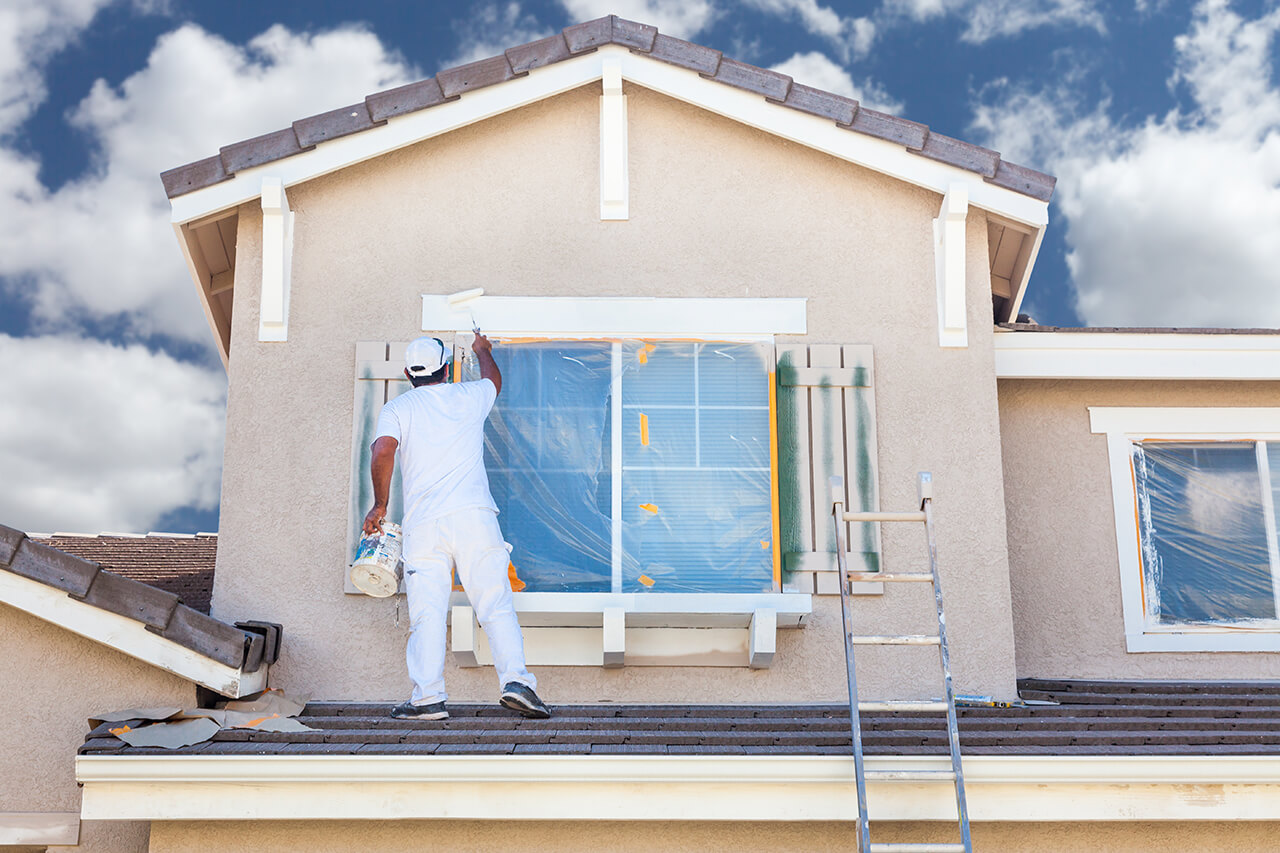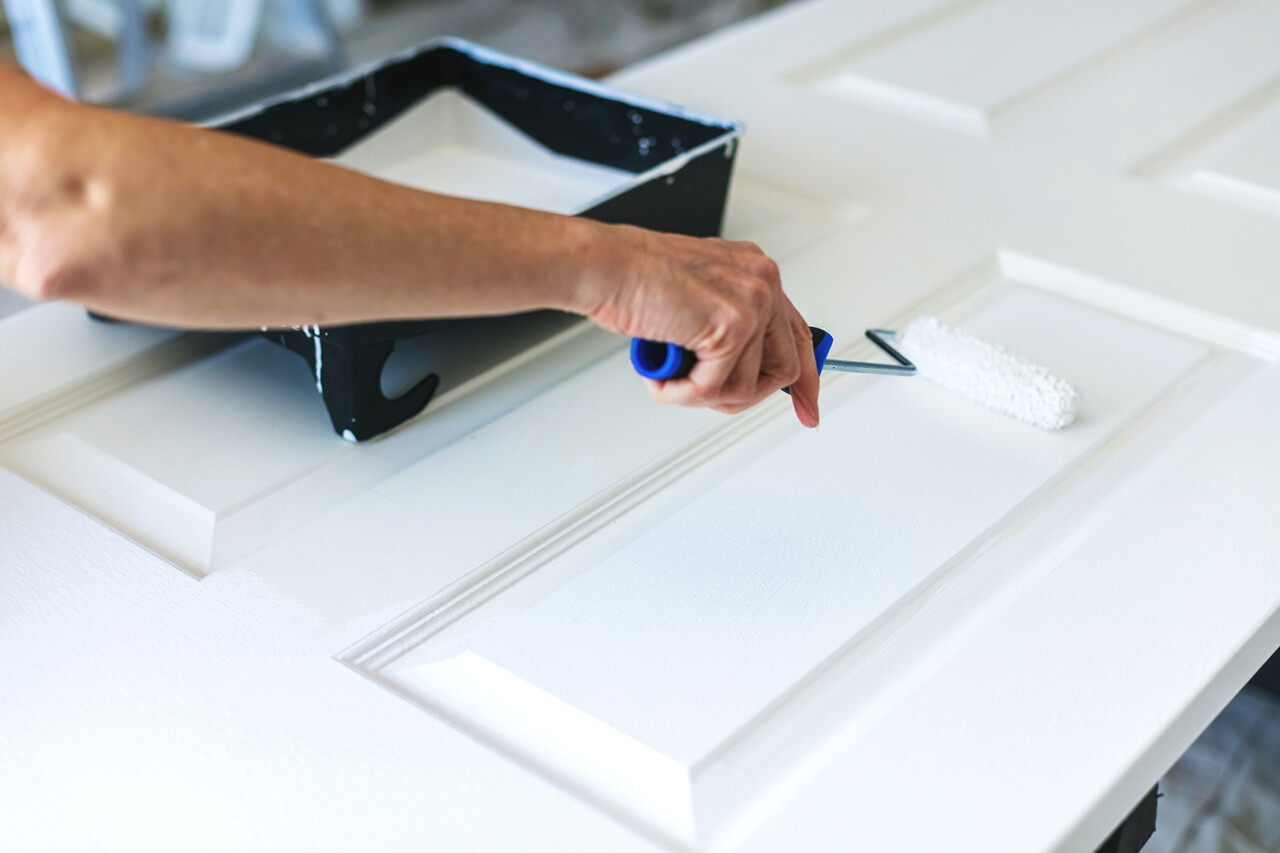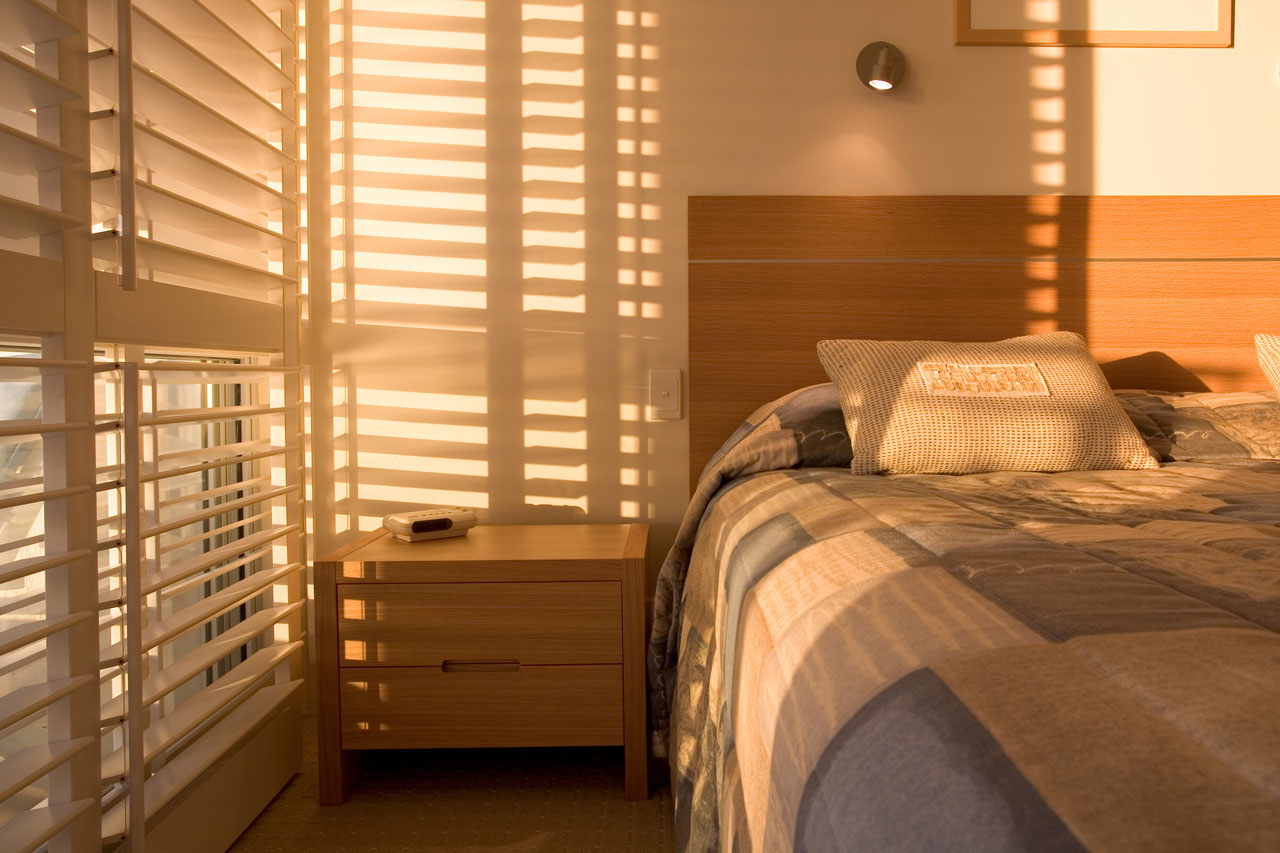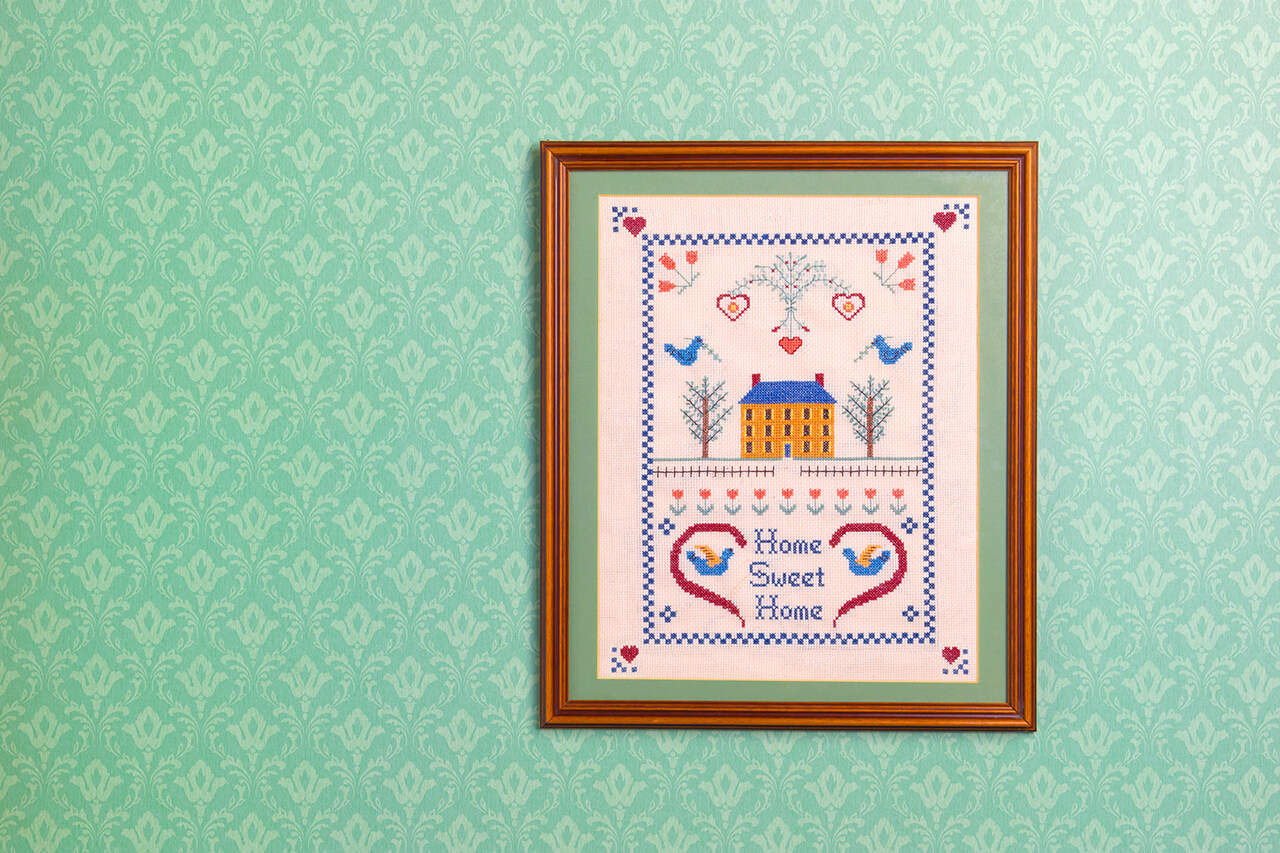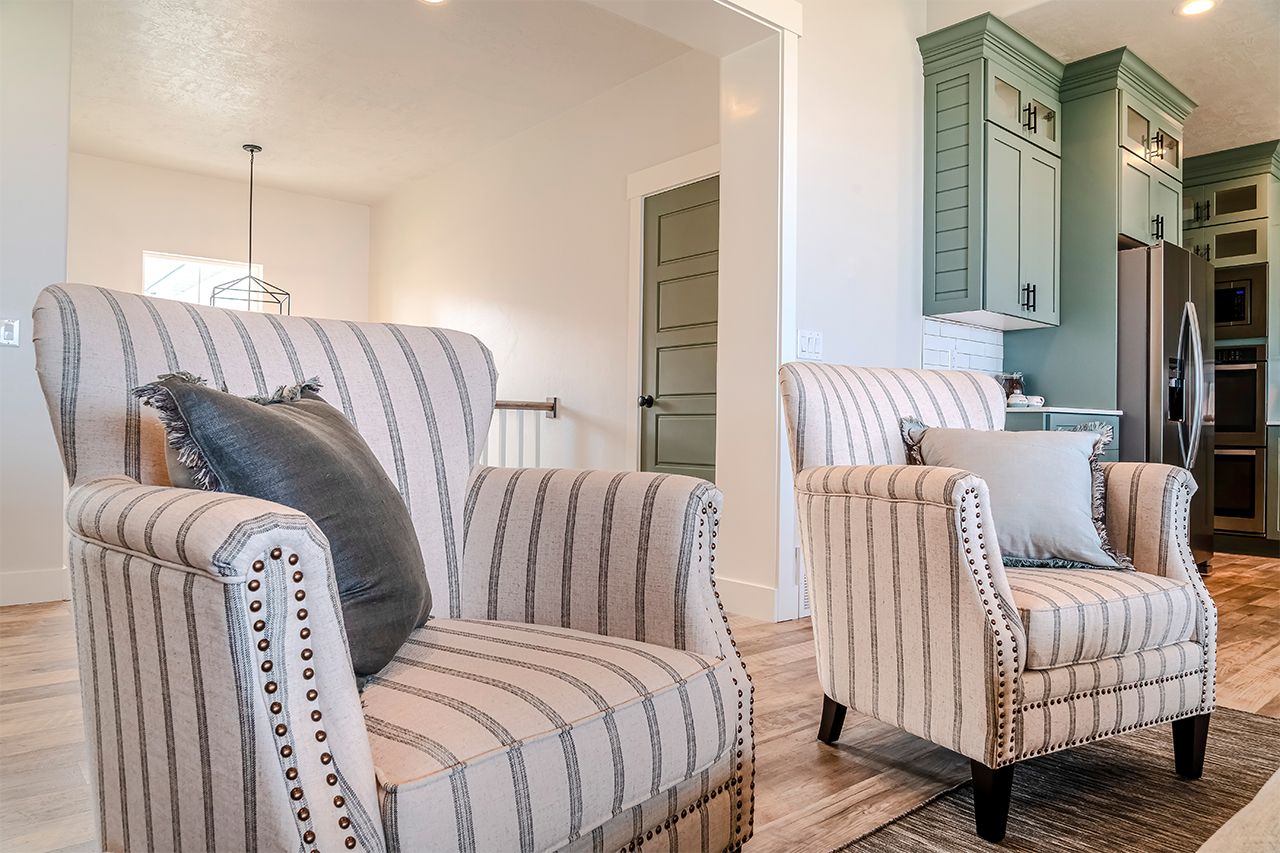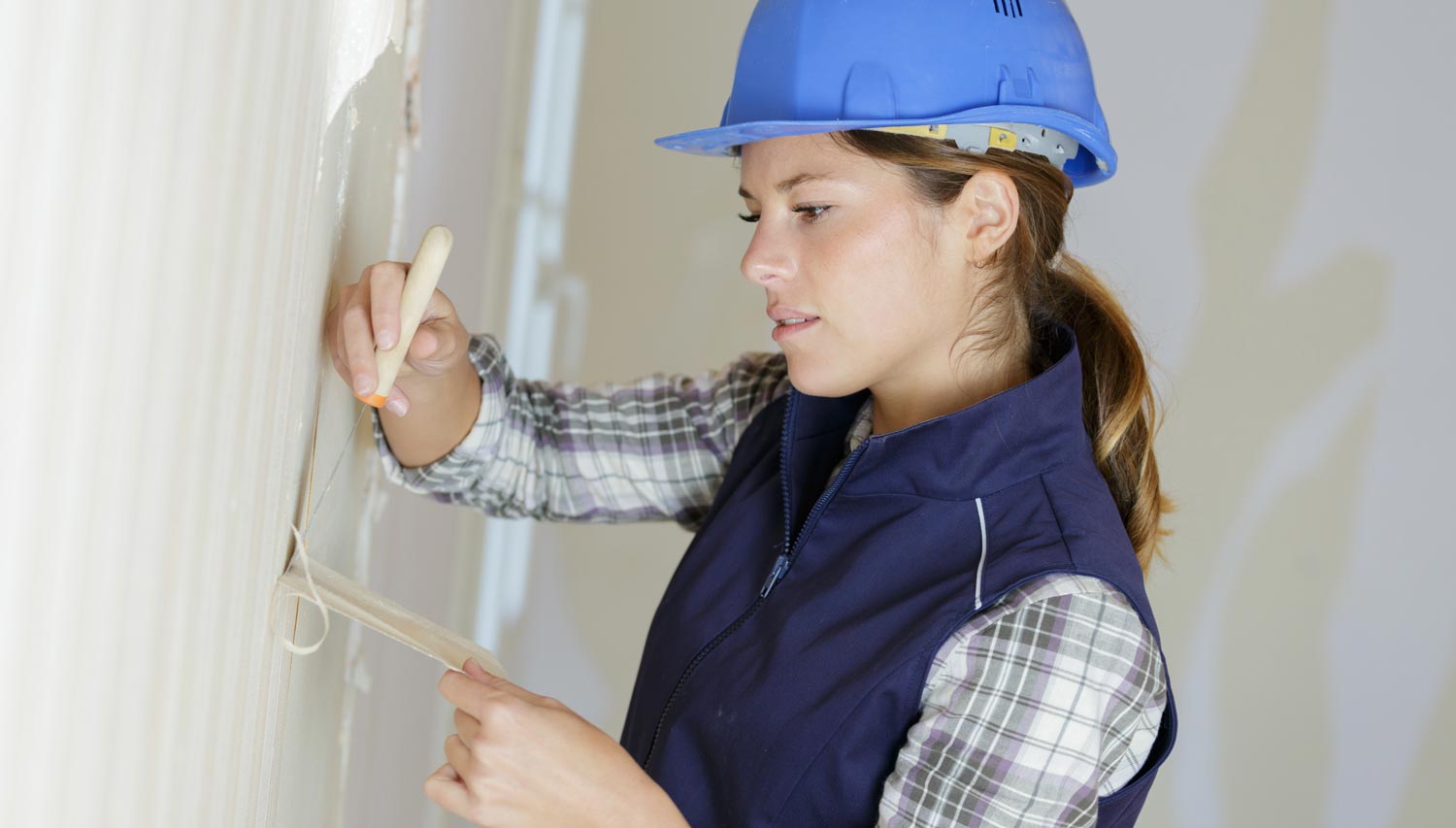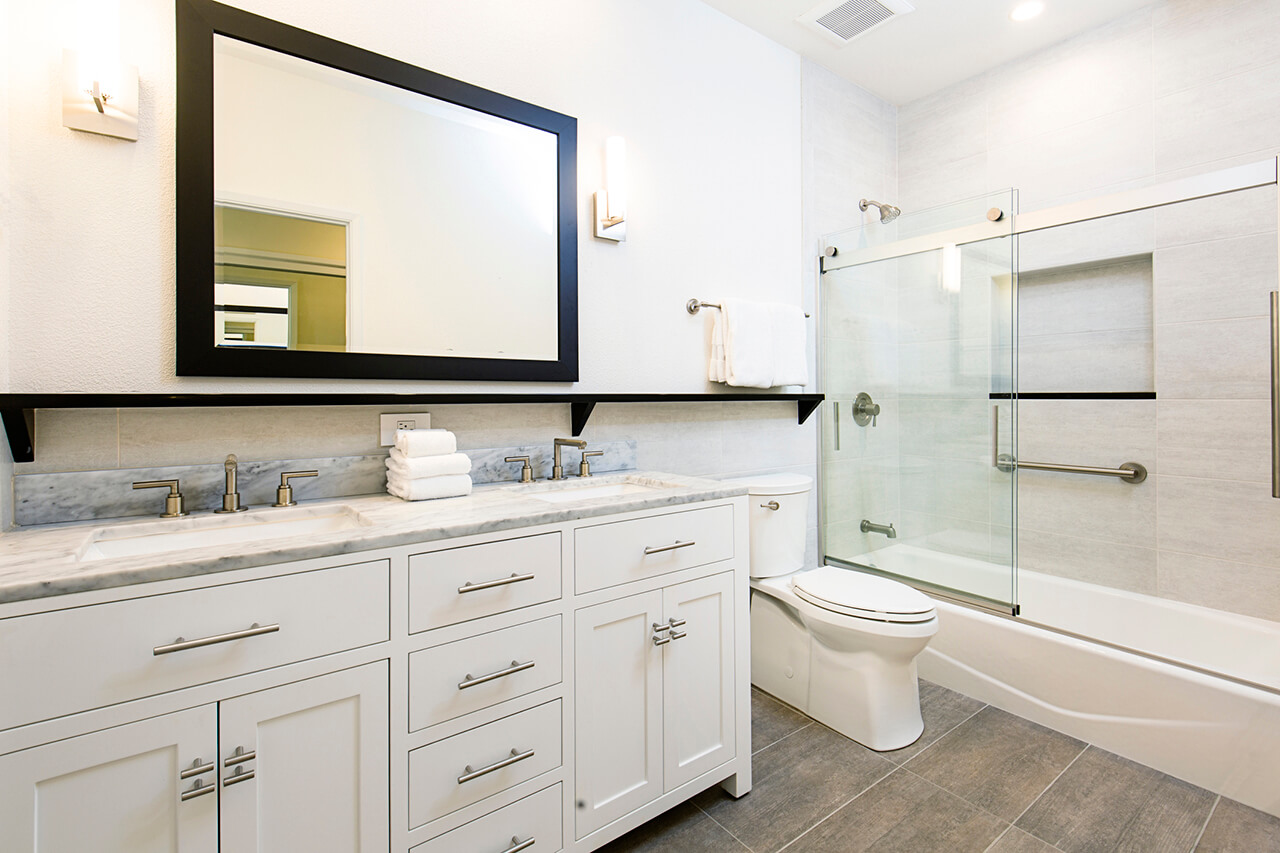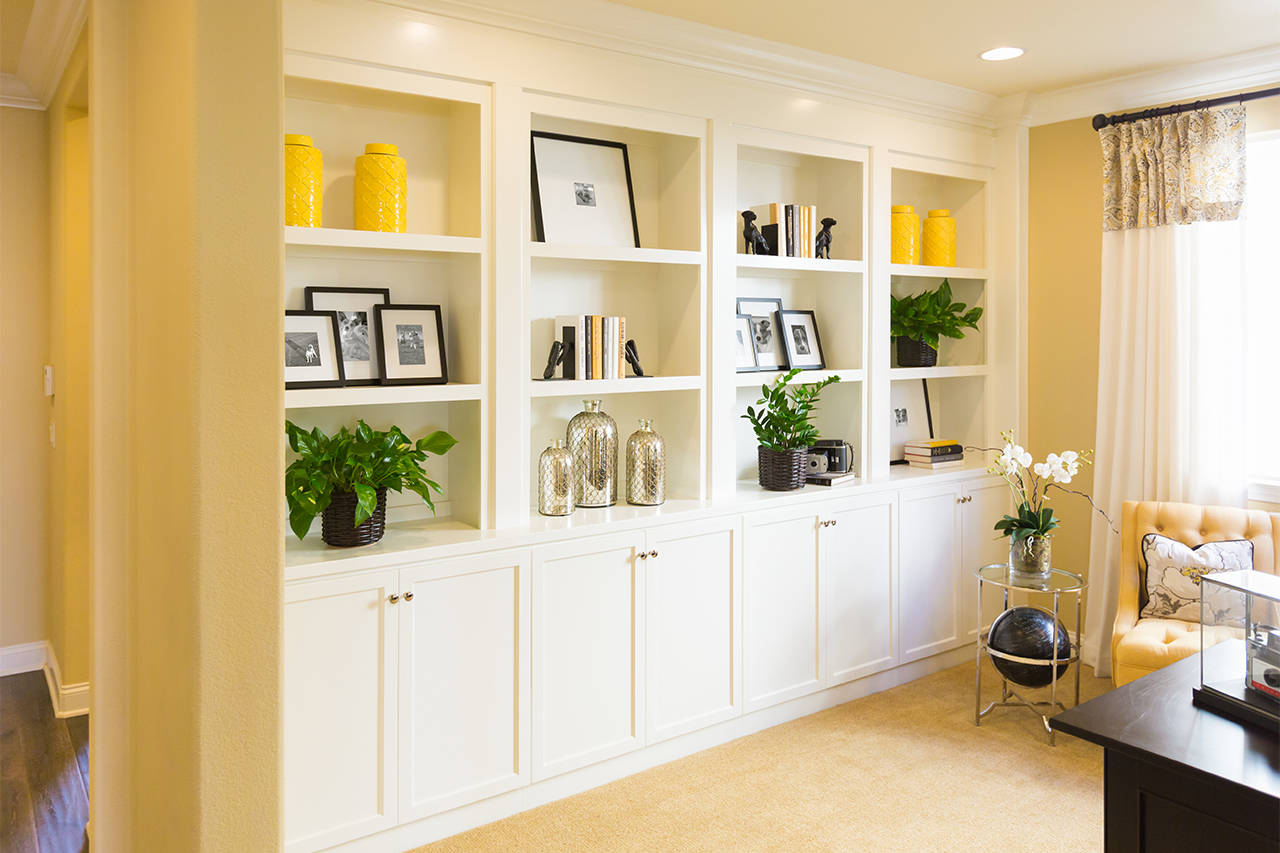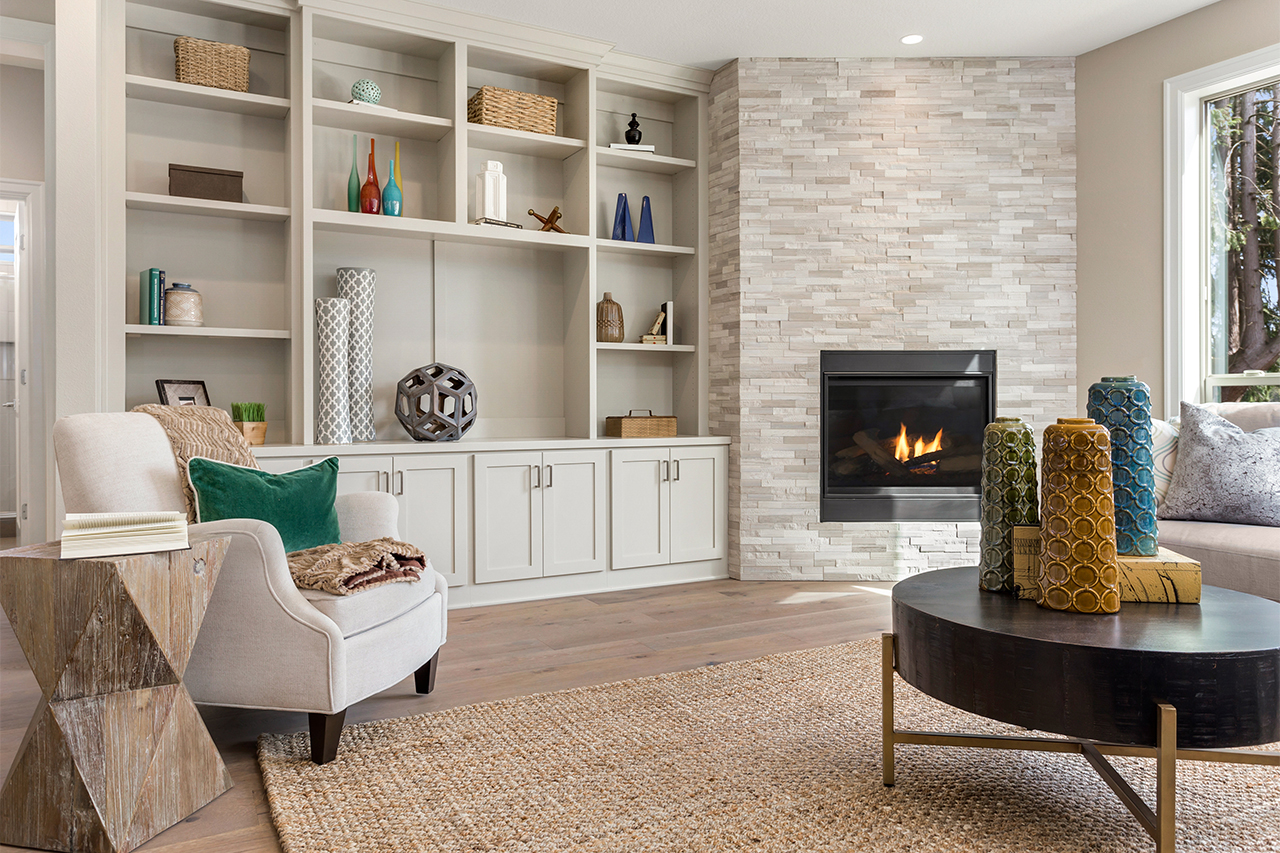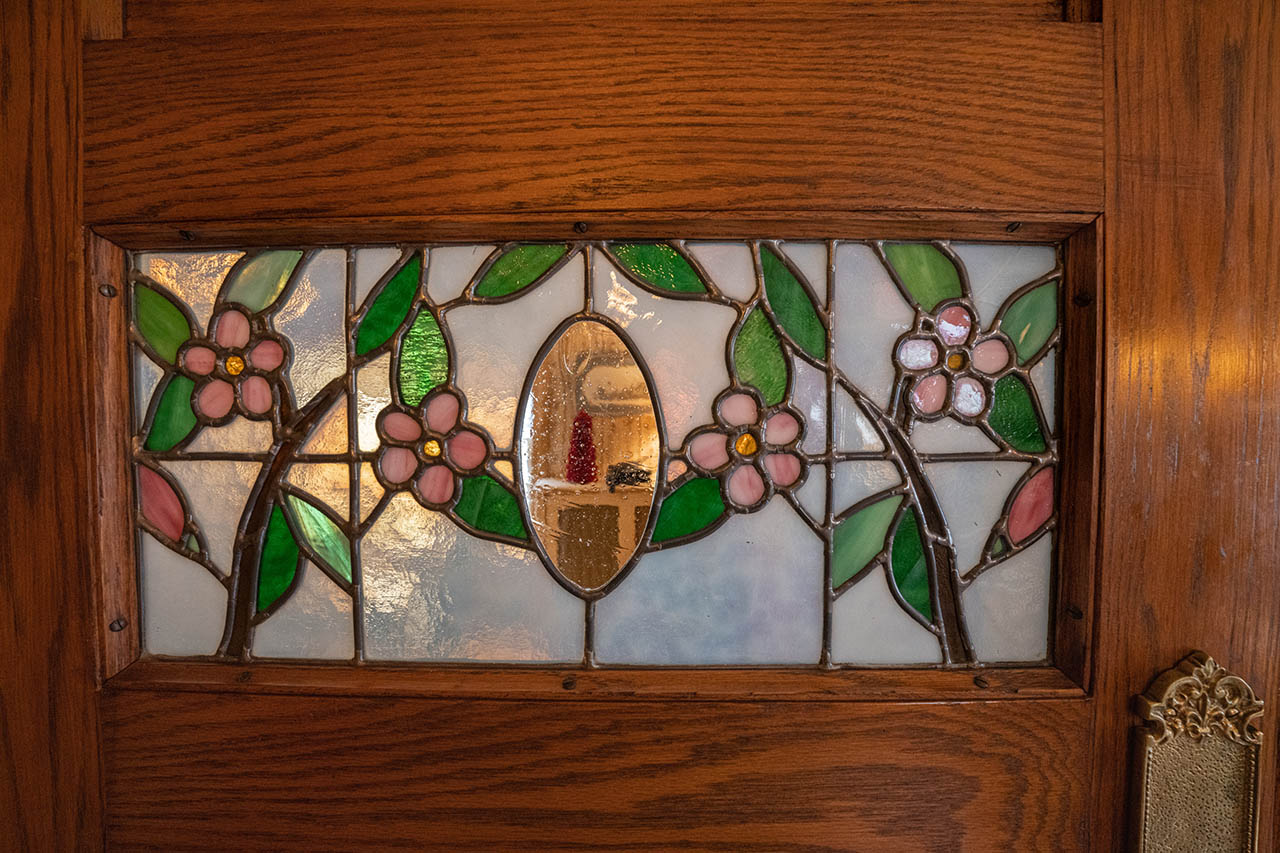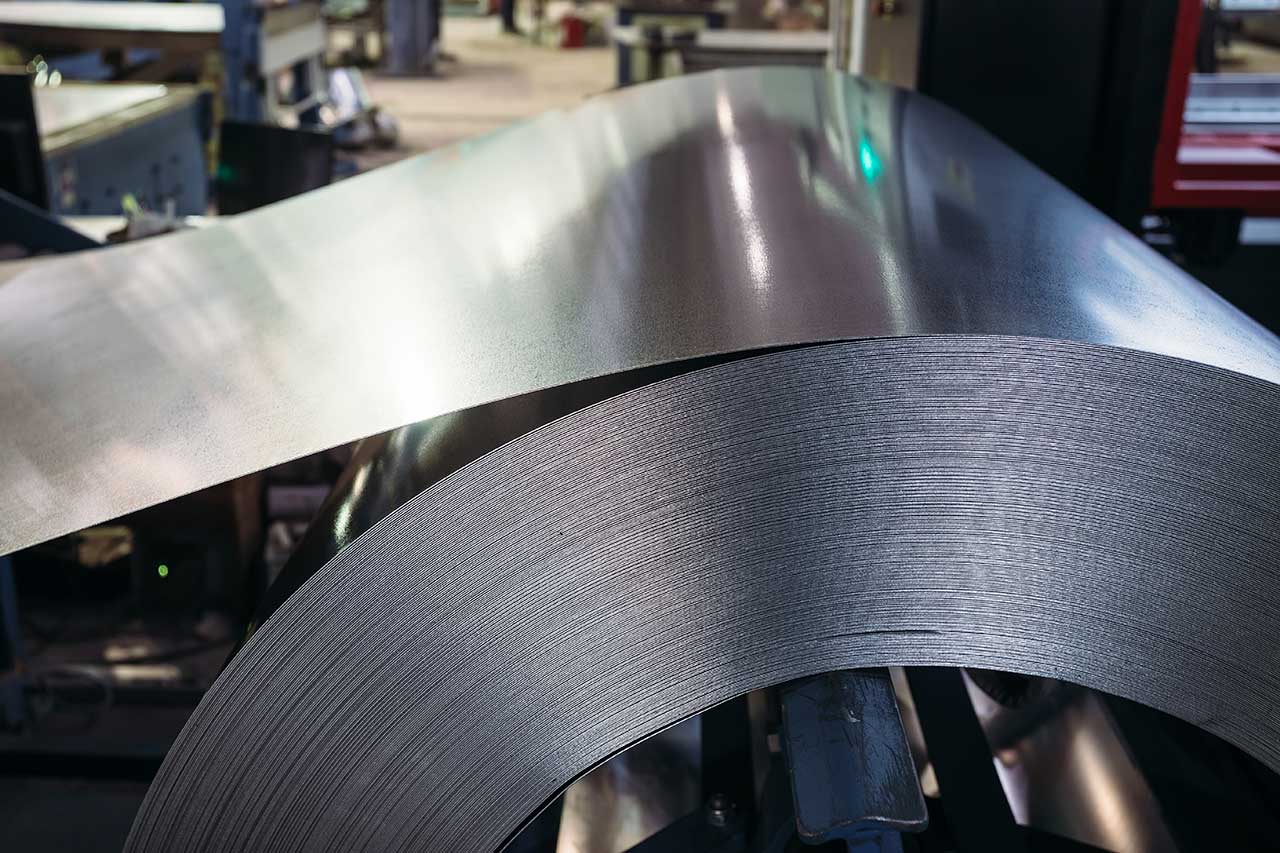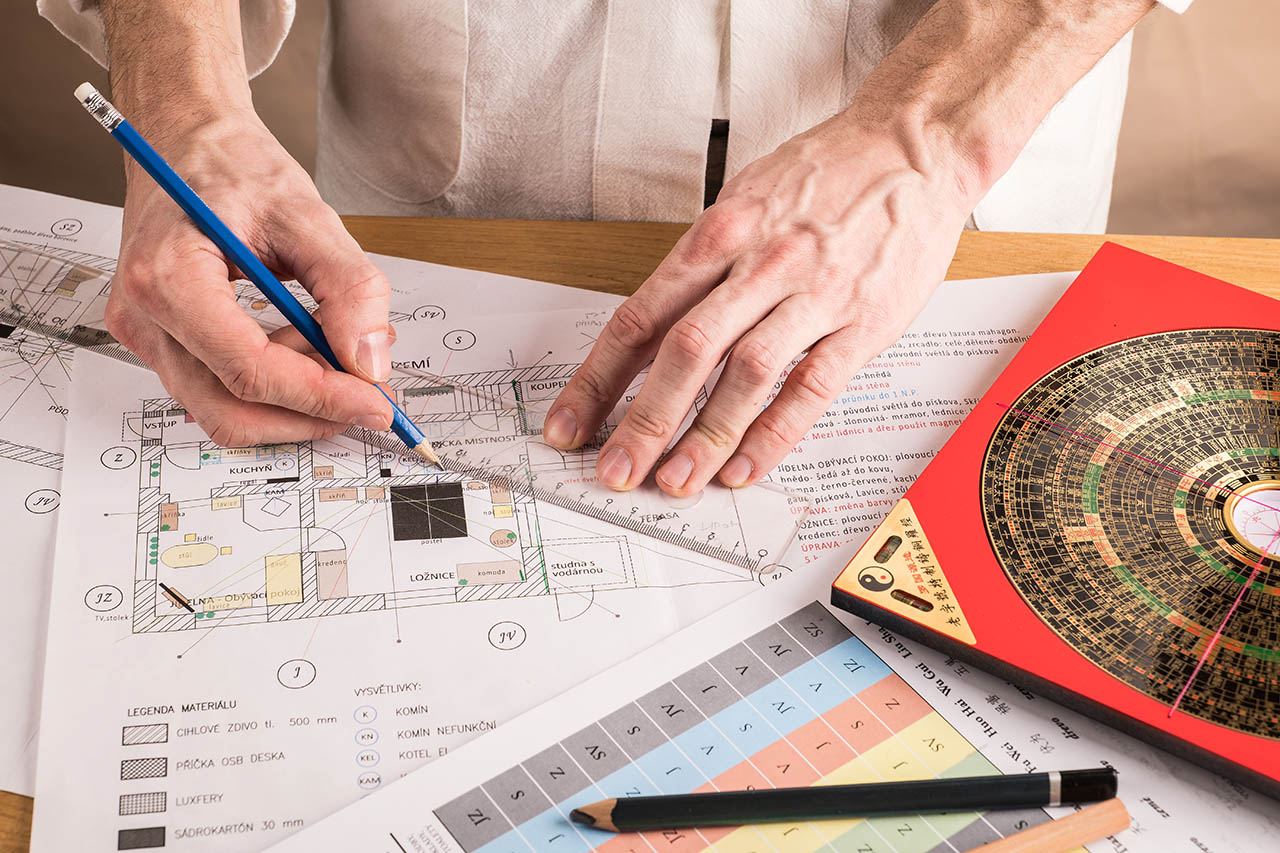Furnishing a House Cost Factors
Room Size and Layout
The size of your room and number of rooms impact cost. For example, a small two-seater sofa in a 500-square foot living room is not practical for a family of four. You’d be better off with a fuller sofa or sectional to fill the space.
If you have tall, arched windows, you may require custom-made window treatments. For non-standard room shapes, furniture may need to be bespoke, and the cost of custom furniture averages around $2,575.
Furniture Quality
The quality of the furnishings you select will have a significant impact on your overall spend. Finding a balance between budget pine furniture and high-end mahogany will allow you to have quality pieces that won’t break the bank.
Deliveries
Factor delivery costs into your budget, so you don’t have any nasty surprises. They can range from around $50 to $500 depending on the store, your location, the number and type of items and how quickly you want to receive them.
Shopping for large furniture items means you often have to pay the store a delivery charge or hire a vehicle to get them home. You can’t always bring furniture home on the day you buy it. You often have to order items like sofas, so hiring a van to get everything home at once may not be practical.
Assembly
Flat-pack furniture can be less expensive than pieces already assembled, but assembly can be time-consuming and sometimes tricky—especially if you have a whole home to furnish.
If you don’t want this hassle, some companies and stores offer a furniture assembly service. The average cost for furniture assembly is $110 or $55 per hour, but you could pay from $40 to $450. It depends on where you live, the store you have bought from, and how much furniture you have to assemble. Often you can hire a local handyperson for this type of work.
Single Supplier or Multiple Retailers
Opting to purchase the bulk of your furnishings with one supplier could work out cheaper than buying from multiple outlets. Some smaller companies may offer a discount for bulk purchasing, including free delivery. Buying from many retailers may make it more challenging to keep a handle on your budget, and you might incur additional delivery charges.
Cost to Hire a Decorating Pro
If you’re on a limited budget and buying from low-cost flat-pack stores, hiring an interior decorator may not be a worthwhile investment. If you have a large space and plan to fill it with high-quality furnishings, the cost to hire an interior designer could be worth it. They’ll help you make the most of your space and can sometimes secure discounts through their network of suppliers.
Interior designers typically charge $50 to $200 per hour for their services. Interior designers charge less—up to $150 per hour—but their focus is on decorative elements and furnishings rather than design and function.
FAQs
What items are considered furnishings?
When budgeting for furnishings, it isn’t just about actual pieces of furniture. You’ll also need window treatments, soft furnishings (cushions, throws, bedspreads), rugs, lighting, and artwork.
Appliances and utensils aren’t part of this cost guide, but some experts would also wrap them up under this term. The definition of furnishings often relates to anything not permanently attached to your house (i.e. cabinets, fireplaces, or built-in wardrobes).
How can I save money on home furnishings?
There are many ways you can reduce the cost of furnishing your home if you’re on a limited budget. Search online classifieds, thrift stores, and yard sales for high-quality items at deep discounts. Purchasing items during seasonal sales can also save you, on average, 25 to 50%.
You can even upcycle second-hand goods that aren’t in the best condition to give them a fresh look. Although, be aware that the cost to reupholster furniture, for example, can be more expensive than buying something new.
You don’t have to furnish your whole house at once either. If you have more than one bedroom but don’t have children, there isn’t a rush to fill the spare room. If you normally have TV dinners on the sofa, then don’t purchase a dining room set just yet.
Is it worth hiring a painter to decorate the space?
Painting is one of the most affordable ways to decorate and transform a space in your home. The average cost to paint a room is between $2 and $6 per square foot. The cost to paint an average ten-by-twelve-foot room ranges from $200 to $800, including professional labor. If you choose to DIY it, this can cost between $100 to $300 and could take you anywhere from a few hours to a few days to complete the job.
